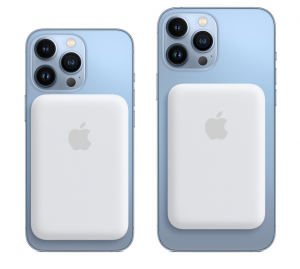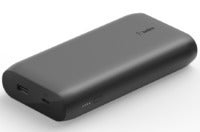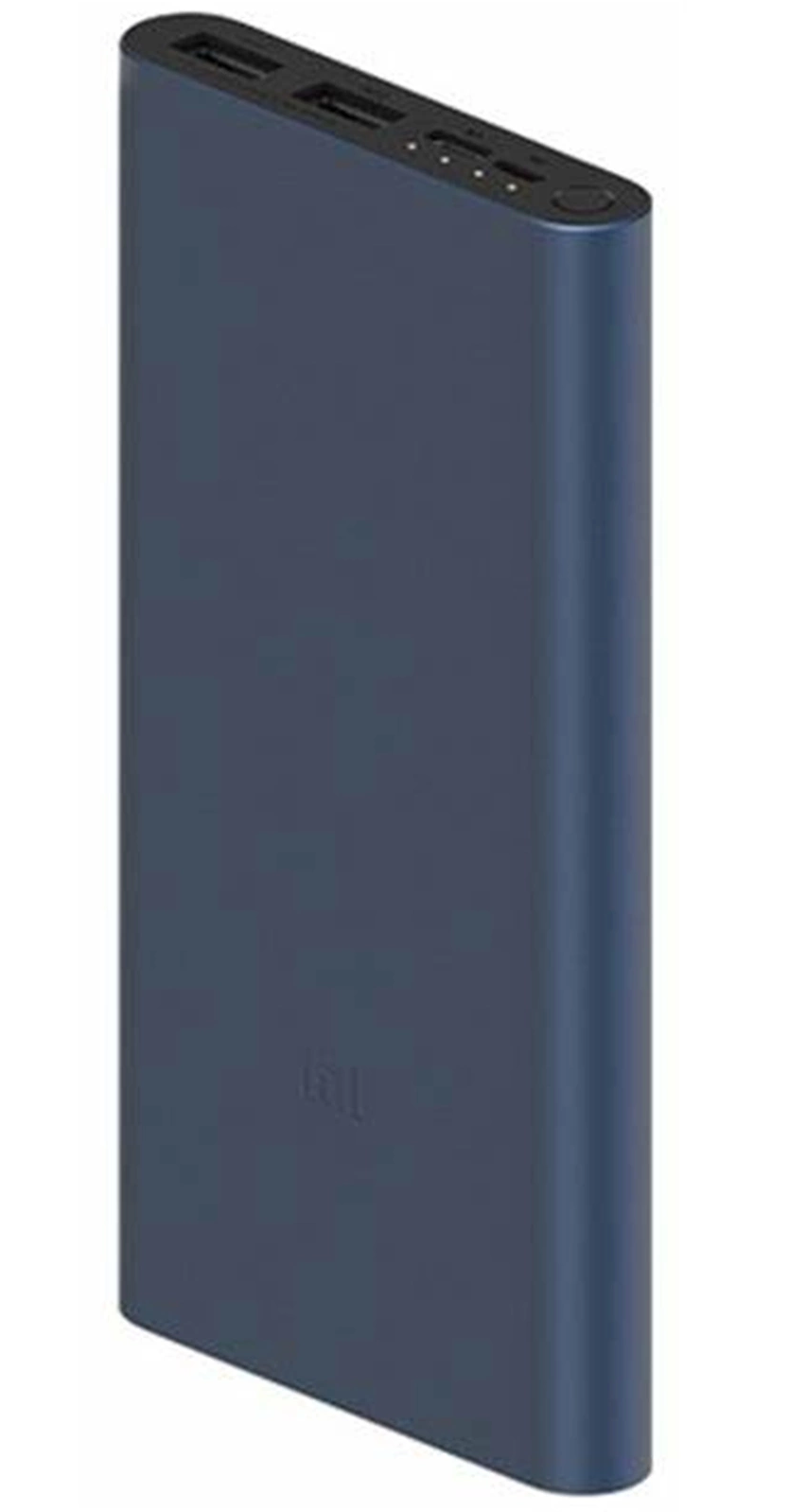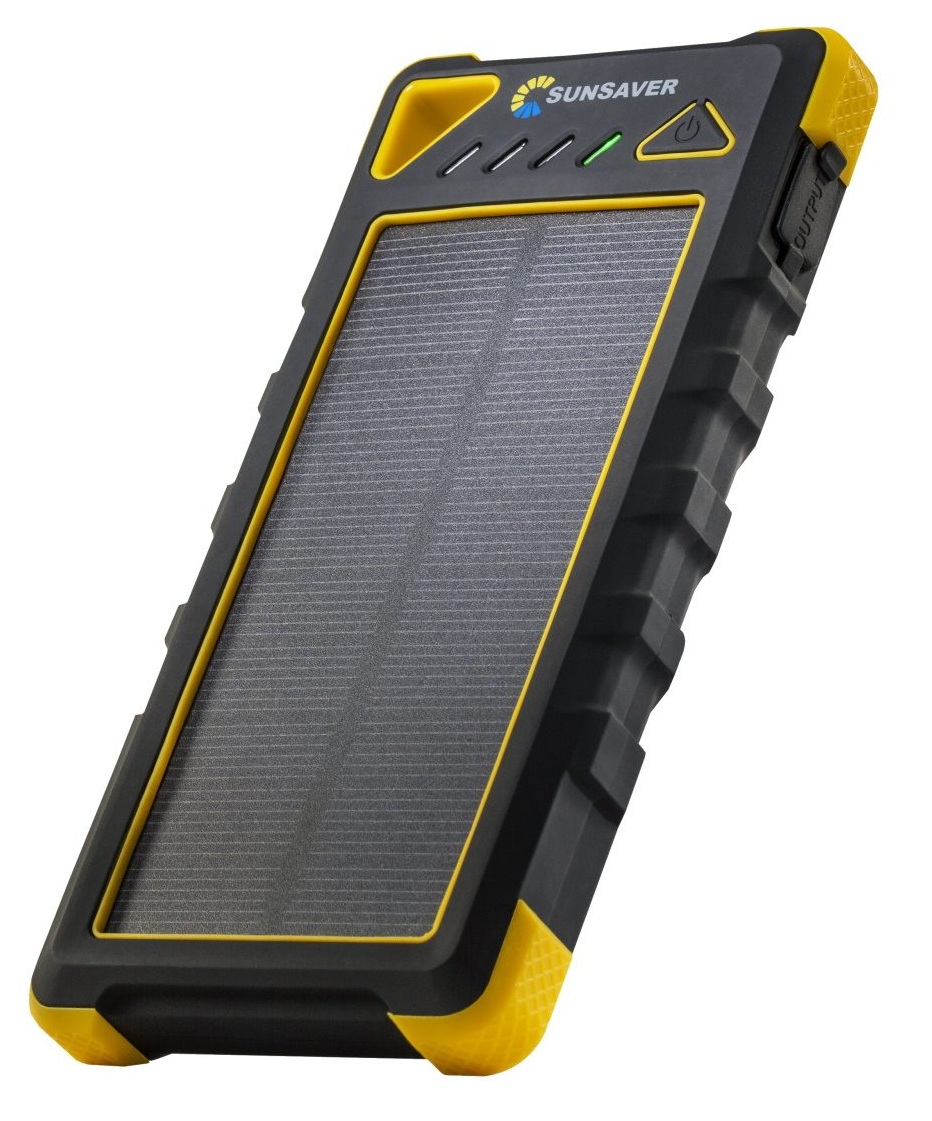A red battery icon can be cause for consternation in what has become an increasingly connected world. In fact, battery life anxiety is a very real thing, and a byproduct of the mobile age. An LG survey conducted a few years ago revealed nearly nine out of 10 respondents “felt panic” upon their smartphone battery level dipping to below 20%.
It’s, for this reason, that battery life has become one of the most anticipated, and scrutinised, parts of any flashy Apple or Samsung flagship phone announcement.
And while battery performance is steadily climbing back up to what it once was (before phones became mini-computers), the power-hungry demands of modern devices remains a problem.
However, for those of us consistently caught short and seeking to stave off battery drain, a power bank could provide a simple and effective stopgap. So if you’re in the market for a battery pack, what should you be looking for? And what models stand out from the (battery) pack?
What is a power bank?
A power bank is essentially an external battery that can be used as a portable charger. By plugging a device into it, the power stored in that battery is drained and used to charge the battery in your device. This allows you top up, on the go, when you don’t have access to a wall socket and plug.
Power banks can be used to charge a range of USB-powered devices, from smartphones and tablets, to portable speakers, wireless headphones and cameras, while some larger models are specifically designed for use with laptops.
Do note that, as the power bank is essentially a rechargeable battery, it will need to be charged itself. This is usually as simple as plugging it in at home, as you would any device. But that does mean you may need to do some pre-planning to ensure your power bank is fully charged before you leave home.
Compare phone plans with Canstar Blue
Power bank shopping: what to look for
There are a range of factors to keep in mind when shopping for a power bank, and you will need to consider the features on offer from different models, and the specific requirements of the devices you are seeking to charge.
If you’re seeking to charge multiple devices, flexibility will likely be an important consideration, and it’s worthwhile weighing up models that incorporate a variety of features.
Capacity
As is the case with most battery-powered devices, power banks typically employ the mAh (milliampere hour) measurement of battery capacity, with a greater mAh capacity meaning a power bank will be able to deliver more power over time.
Power banks are commonly available with capacities ranging from 2600 mAh through to 20,000 mAh, with some larger models equipped with in excess of 20,000 mAh.
To put this into perspective, many new mid-range and budget smartphones have a capacity of around 3000-4000 mAh, meaning the following power bank capacities could on paper theoretically provide:
- 5000 mAh – one to one-and-a-half full charges
- 10,000 mAh – two-and-a-half to three full charges
- 15,000 mAh – three-and-a-half to five full charges
However, it’s also important to factor in power loss when it comes to real-world performance, and it’s often suggested a two-thirds of advertised capacity rule be applied to power banks. In that case, a 5000mAh would probably provide one full charge for most modern smartphones, but not much more.
When considering capacity, it may pay to consider which devices you intend to charge, and the battery capacity of those devices. If it’s just for your iPhone, then a smaller battery pack may suffice. If you want the flexibility to use it for other devices such as tablets, or even a laptop, you will likely need something larger.
Furthermore, if you enjoy camping or hiking, and often go several days without access to a wall socket, you may want a battery pack that can offer multiple charges before it’s depleted.
Charging options
The type of charging outputs a power bank is equipped with will determine compatibility with the devices you are seeking to charge. While USB-C is increasingly becoming the universal power port, plenty of devices (in particular devices a few years old) continue using alternative ports.
Aside from ensuring your power bank has the correct port for your needs, power banks equipped with multiple ports (USB-C, USB-A, micro-USB etc.) can allow a wider array of charging options as well as future-proofing your power bank for future devices you may add.
Outputs include:
- USB-A – most power banks are equipped with a USB-A port, providing for charging compatibility with a wide range of devices.
- USB-C – most power banks are now also equipped with a USB-C port, providing further charging options, and allowing for faster charging.
- Micro-USB – Remains a popular output for many third-party devices and, in particular, more low-budget products. It may be worth considering if you intend to charge portable speakers, diffusers, a camping light etc.
- Wireless charging – a number of new power banks come with wireless charging pads.
- AC and DC – some power banks equipped with greater battery capacities, designed for use with larger devices such as laptops, sport an AC and DC outlet.
Furthermore, a power bank with multiple outputs, even of the same type (eg. two USB-C outputs) can allow for simultaneous charging of a number of different devices at one time.
Compare electricity providers with Canstar Blue
If you are looking to change electricity providers, or are unsure if you are getting the best deal, Canstar Blue can help. We rate NZ power companies for customer satisfaction and value for money, see the table below for some of the results, or you can click on the button below for the full results of our survey.
Canstar Blue’s latest review of NZ power companies compares them on customer satisfaction. The table below is an abridged version of our full results, available here.
^ By clicking on a brand or 'details' button, you will leave Canstar Blue and be taken to either a product provider website or a Canstar Blue NZ brand page. You agree that Canstar Blue NZ’s terms and conditions apply (without limitation) to your use of this service,to any referral to a product provider from our website, and any transaction that follows. Canstar Blue may earn a fee for referrals from its website tables, and from sponsorship (advertising) of certain products. Payment of sponsorship fees does not influence the star rating that Canstar Blue awards to a sponsored product. Fees payable by product providers for referrals and sponsorship may vary between providers, website position, and revenue model. Sponsorship fees may be higher than referral fees. Sponsored products are clearly disclosed as such on website pages. They may appear in a number of areas of the website such as in comparison tables, on hub pages and in articles. Sponsored products may be displayed in a fixed position in a table, regardless of the product’s rating, price or other attributes. The table position of a sponsored product does not indicate any ranking, rating or endorsement by Canstar Blue. See How we are funded for further details.
Canstar Blue NZ Research finalised in June 2025, published in June 2025.
See Our Ratings Methodology
Compare electricity providers for free with Canstar Blue!
Speed
Charging speed will depend upon a variety of factors, from the rate at which a power bank can deliver charge through to the cable being used and the capabilities of the device being charged. If speed is a priority, it’s worthwhile looking at power bank models that incorporate fast-charging technologies.
However, it’s first important to ensure compatibility with the device and cable you are seeking/using to charge.
Charging the power bank
Charging a power bank is typically as simple as plugging it in and charging it via Micro-USB or USB-C. Although Apple’s Magsafe power bank (see below) currently still sports lightning, as does the iPhone 14 line-up.
The amount of time it takes to charge will depend upon a variety of factors, including the power bank’s battery capacity. While a 15,000mAh power bank offers plenty of juice, it also has a lot more battery to charge. As a result, it’ll likely take longer to charge than a 5000mAh power bank.
Other factors that can impact how long it takes to charge could be the cable being used to charge it, as well as the quality of the power bank itself. For example, does it support fast charging capabilities?
It’s also worth noting, for the camping enthusiasts among us, that there are a number of power banks available that incorporate solar charging technologies, which allow for both standard USB charging and solar charging when required.
Whatever power bank you settle on, make sure you’re aware of how long it’ll take to charge up so that you can plan accordingly. You may find that even if you’re not heading out til late morning you need to allow a few hours the night before to ensure your power bank is fully charged up.
Design

Power banks come in all sorts of shapes and sizes, with plenty of design options available.
Portability should, of course, be a key concern. How big and heavy is it? Can it fit in your pocket and charge your phone as you walk? Can you continue to use your device while it’s plugged in or will you have to set your phone down while it charges?
For example, Apple’s Magsafe power bank (as shown) magnetically connects to the rear of your phone, allowing you to use your device as normal. Sure, your phone will feel a tad bulkier than it did beforehand but, overall, it’s about as discreet and seamless an experience as you can get.
Overall, power banks sporting a lower battery capacity are typically available in a smaller, lighter form, with many of these models sporting a sleek design, while a higher battery capacity will typically equate to a bulkier design.
Another feature worthwhile considering is how a power bank displays its battery status: many models employ an LED indicator, while others incorporate a digital display, providing more precise information about battery levels.
Price
Finally, price is always going to be a key consideration. Once you’ve considered the above factors you can then narrow down what you’re requirements are. That’ll help you understand just how much you need to spend, as battery packs can range from a few dollars to a few hundred.
You might find that you’re needs are pretty basic, and you don’t need to spend a lot at all. Or you may just realise that you’re going to need a bigger budget!
→Related article: How to Save on Your Phone Costs: Cheap Phones, Plans, and Tips to Help You Save
Best power banks NZ
Below is a small selection of some standout power banks for you to consider. But bear in mind that unlike phones, laptops and other certain devices, where specs and features are hugely important, most power banks more or less do the same thing to a similar standard.
There aren’t a host of unique features, slim bezels and macro lens camera setups to compare. So as long as a device provides enough charge for your needs (and the necessary port) it’ll probably do as good a job as you need it to.

Belkin 20,000mAh USB-C Portable Charger ($79*)
An excellent all-round power bank with plenty of juice, at a great price. The USB-C port, along with the 20,000mAh battery offers enough juice for a Macbook.
Features:
- Ports (output) – 1x USB-C, 1x USB-A
- Dimensions – 157.2 × 74.7 × 25.9mm
- Battery – 20,000mAh

Mi 10,000mAh Power Bank 3 ($48.99*)
A super sleek device that provides enough for a full charge (and then some) of your phone. A simple design, 18w fast charging capable, and at an excellent price.
Features:
- Ports (output) – 2x USB-A
- Dimensions – 147.8 x 73.9 x 15.3mm
- Battery – 10,000mAh
Apple MagSafe Power Bank ($169*)
A super sleek and excellent-looking power bank that does away with clunky cables. Chuck it on the back of your iPhone and you can continue using your device as normal, thanks to its slim magnetic design. Note that it doesn’t provide enough charge to fully charge an iPhone, and in this sense is more of a battery extender.
It also doesn’t come cheap, although it is compatible with other Apple devices that sport wireless charging, such as Apple Airpods and watches. Though for these devices it works as a standard wireless charger.
Features:
- Ports (output) – N/A (wireless charging)
- Dimensions – 97 × 65 × 10mm
- Battery – 1,460mAh

SunSaver Classic Solar Power Bank ($129*)
Shockproof, dustproof, and water resistant, and with an operating temperature range from 0-40°C this power bank can survive anything. Unlike other power banks, it can also harness solar power, although it will take about a week’s worth of bright sunshine to store enough power to juice your phone! It also comes with an integrated torchlight, including an SOS mode.
Features:
- Ports – 2x USB-A
- Dimensions – 166 × 82 × 20.5mm
- Battery – 16,000mAh
Compare phone plans with Canstar Blue

About the author of this page
This report was written by Canstar Content Producer, Andrew Broadley. Andrew is an experienced writer with a wide range of industry experience. Starting out, he cut his teeth working as a writer for print and online magazines, and he has worked in both journalism and editorial roles. His content has covered lifestyle and culture, marketing and, more recently, finance for Canstar.


Share this article